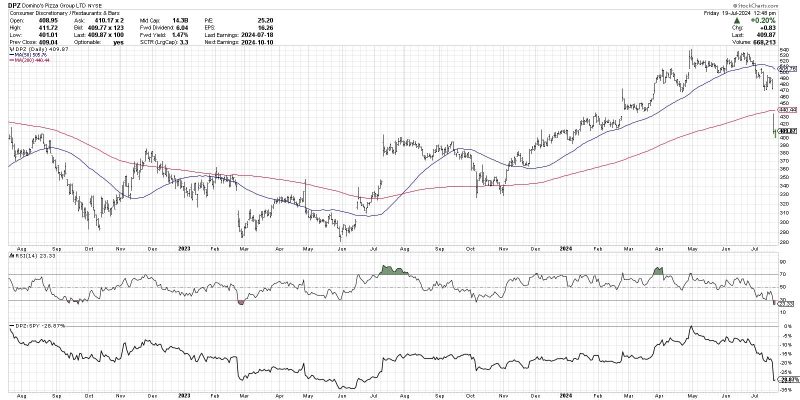With the economy constantly evolving and markets fluctuating, it is important for investors and traders to be well-informed about the potential signs of a market top. By recognizing these signals, individuals can make more informed decisions regarding their assets and investment strategies. Here, we will delve into the key characteristics that signify a market top and discuss how investors can navigate these conditions effectively.
One of the crucial indicators of a market top is excessive optimism among investors. This sentiment is often driven by a prolonged period of strong market performance, leading individuals to believe that the trend will continue unabated. As optimism reaches a peak, more investors pour money into the market, causing asset prices to inflate to unsustainable levels. This can create a bubble effect, where valuations become detached from underlying fundamentals.
In addition to heightened optimism, another red flag of a market top is excessive speculation and risk-taking. During periods of exuberance, investors may engage in high-risk strategies, such as leveraging their positions or investing in volatile assets. While these tactics can yield significant returns in the short term, they also expose individuals to substantial losses when the market corrects.
Furthermore, a market top is often characterized by a narrowing leadership in the stock market. This means that only a select group of stocks or sectors are driving the market higher, while the broader market shows signs of weakness. When a handful of companies are disproportionately influencing market performance, it can suggest that the rally is unsustainable and poised for a correction.
Another key signal of a market top is a decline in trading volume. As the market reaches its peak, investor participation may wane, leading to lower trading activity. This reduction in volume can indicate a lack of conviction among market participants and foreshadow a potential reversal in trends.
Moreover, market tops are frequently accompanied by a divergence between technical indicators and price movements. For instance, while stock prices may continue to rise, indicators like the relative strength index (RSI) or moving averages could display signs of weakness. This disparity can serve as a warning sign to investors that the market is becoming overextended and a correction may be imminent.
In conclusion, understanding the characteristics of a market top is essential for investors looking to navigate volatile market conditions successfully. By monitoring key indicators such as investor sentiment, speculation, leadership, trading volume, and technical signals, individuals can make informed decisions about their investment portfolios. While predicting market tops with certainty is challenging, being cognizant of these signals can help investors mitigate risks and position themselves strategically in changing market environments.




























